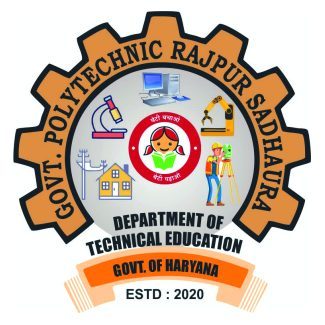Sector Covered
We are committed to reducing carbon emissions and promoting sustainable practices across a wide range of sectors. The carbon footprint of each sector varies, but through education, research, and innovation, we aim to create actionable solutions that help reduce environmental impact.
1. Energy & Utilities
The energy sector is one of the largest contributors to carbon emissions, mainly due to the reliance on fossil fuels. We should focus on:
- Renewable Energy solutions such as solar, wind, and hydropower
- Energy Efficiency technologies in homes, industries, and offices
- Smart Grids and energy conservation practices
Students should explore innovations that can help transform the energy sector to meet sustainability goals.
2. Transportation
Transportation is another significant contributor to carbon emissions, especially with the use of fossil fuel-powered vehicles. Our initiatives cover:
- Electric Vehicles (EVs) and charging infrastructure
- Public Transportation Systems and sustainable commuting options
- Green Logistics and efficient transportation management
Our research aims to reduce the carbon footprint associated with transportation by promoting greener alternatives and technologies.
3. Agriculture & Food Systems
Agriculture contributes significantly to emissions, from livestock farming to fertilizer use. We should exploring solutions that help:
- Sustainable Farming practices (e.g., no-till farming, crop rotation)
- Carbon Sequestration techniques in soil
- Food Waste Reduction and sustainable food supply chains
Students and researchers should work on projects that aim to lower emissions while maintaining food security.
4. Manufacturing & Industry
Industries such as textiles, chemicals, and construction are major contributors to carbon emissions. We should focus on:
- Green Manufacturing techniques that reduce waste and energy consumption
- Circular Economy models to reduce the environmental impact of products
- Eco-friendly Materials and sustainable production processes
Through hands-on projects, students learn how to implement these practices in real-world manufacturing scenarios.
5. Buildings & Infrastructure
The construction and building sector accounts for a significant percentage of global emissions due to energy use, material production, and waste. Our efforts include:
- Energy-efficient Building Designs that reduce heating and cooling costs
- Green Building Materials and sustainable construction methods
- Urban Sustainability initiatives like smart cities and low-carbon infrastructure
Our students should work with industry leaders to design and implement green buildings and sustainable urban solutions.
6. Waste Management
Waste production and disposal contribute to carbon emissions through landfills and waste incineration. Our initiatives focus on:
- Waste-to-Energy technologies
- Recycling & Waste Minimization programs
- Circular Economy approaches to reduce waste and emissions
Our research is aimed at transforming the way waste is managed and reducing its environmental impact.
7. Forestry & Land Use
Deforestation and land-use changes significantly increase carbon emissions. We promote:
- Reforestation and Afforestation programs
- Sustainable Land Management practices that protect biodiversity and reduce emissions
- Carbon Credit Systems that reward sustainable land use
Our environmental programs include fieldwork and research aimed at reversing land degradation and restoring ecosystems.
8. Water Resources Management
Water treatment and distribution systems also contribute to emissions. Our research focuses on:
- Energy-efficient Water Treatment methods
- Sustainable Water Usage practices in industry and agriculture
- Water Recycling & Conservation strategies
By reducing water-related carbon footprints, we aim to create solutions that help conserve this vital resource.
9. Technology & Digital Solutions
Technology itself has a carbon footprint, especially data centers, servers, and digital devices. We should exploring:
- Green Data Centers with energy-efficient cooling and power systems
- Sustainable Electronics and e-waste recycling solutions
- Digitalization for energy optimization and sustainability practices in various sectors
Our tech programs emphasize the creation of digital tools and platforms that promote sustainability.
We believe that every sector has a role to play in reducing carbon footprints, and we are dedicated to fostering a culture of sustainability through research, education, and community engagement. By collaborating with industries and innovating solutions across these sectors, we aim to contribute to a greener, more sustainable future.





 Total Users : 7290
Total Users : 7290